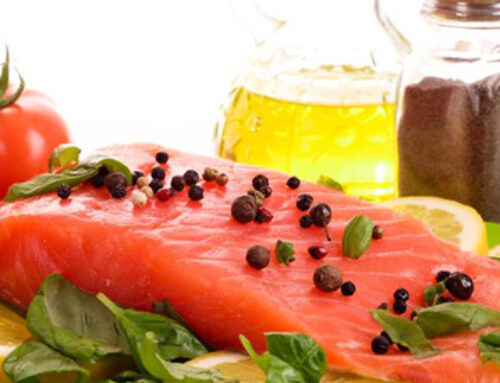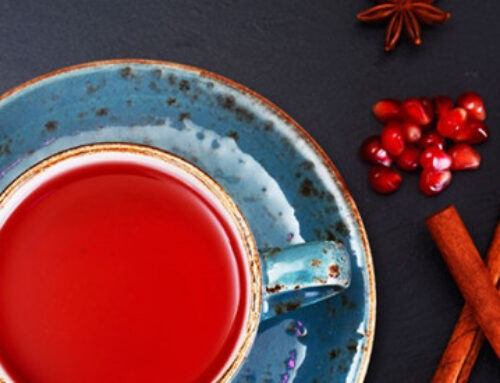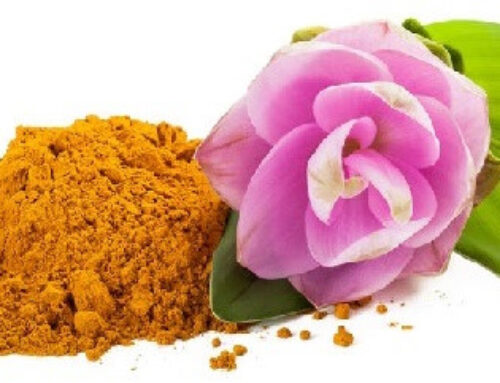In keeping with my theme about the medicinal properties of spices and herbs, this article will provide some information on one of the most important and helpful spices on the planet. If there is a king of spices, turmeric has to be it. Tumeric is popular in Indian Ayurvedic medicine, among other cultures, for its ability to heal and prevent sickness and disease.
Science has taken a big interest in this amazing spice and tests show just how powerful it is. Turmeric heals the body by at least 50 different mechanisms. According to studies (1), turmeric’s health-promoting activities include: anti-inflammatory, antioxidant, anticarcinogenic, antimutagenic, anticoagulant, antidiabetic, antibacterial, antifungal, antiprotozoal, antiviral, antifibrotic, antivenom, antiulcer, hypotensive and hypocholesteremic. Whew!
One of tumeric’s better known properties is its ability to relieve pain. In fact, it can be more effective at reducing pain than over-the-counter drugs and studies show it is just as good at relieving pain as prescription pain relievers like Celebrex (2,3). Tumeric has powerful pain-relieving capacity without the terrible side effects of OTC drugs and prescription pain relievers.
What is it about this humble spice, which has been used in India and China for thousands of years, that makes it so special? Turmeric contains a very powerful plant chemical called curcumin. Curcumin, which lends turmeric its yellow color, is an extremely strong antioxidant with anti-inflammatory properties. This chemical is strong enough to provide protection to all the tissues of the body and has the ability to initiate repair and heal organs as well.
In India, turmeric is used in daily cooking. It is part of the traditional spice mixture used in just about every dish; the result is that the people of East India consume enormous amount of turmeric daily—about 0.5 to 2 grams—and generally have less chronic illness than most Western countries (1,3).
Traditional uses of turmeric as a medicine include using it as a wound healer. It can be applied to a wound as a paste to speed healing and prevent infection and can be used to clear up skin problems as well. Turmeric is also traditionally used to help with digestion and we could certainly use more of it in our diets, as indigestion is a very common problem in our culture today. Turmeric can even be used as a decongestant to clear nasal passages. But these uses are only the tip of the iceberg. Turmeric has been used as a folk remedy to treat many, many types of sickness from childhood diseases like measles and chicken pox to gum disease.
There is so much more potential to this amazing spice. The studies that have been done (2) show that its healing properties are underestimated. Serious illnesses like colon, pancreatic, lung, prostate, breast and cervical cancer are affected by the curcumin found in turmeric. In the case of cervical cancer, the human papilloma virus can be blamed for most of the cases that occur and curcumin has been found to kill this virus. Turmeric promotes cancer cell apoptosis and makes the cells self-destruct.
Oxidation is the reason our bodies age—you can think of it like human rust. When metal rusts, it develops holes and crumbles apart. A similar action occurs in our body when we experience oxidation due to environmental factors and a diet that is low in antioxidants. Diseases like cardiovascular disease, type ll diabetes, osteoarthritis and rheumatoid arthritis are triggered by oxidation-induced inflammation. Antioxidants prevent cancer by protecting us from the ravages of oxidation. Turmeric, because of its profound antioxidant abilities, stops the oxidation of cells in our body and allows our tissues to heal and regenerate.
It is amazing that the regular use of a simple spice like turmeric can enhance our bodies’ natural ability to fight disease. This is truly the way it was meant to be from the beginning: the use of healthy traditional foods, herbs and spices for the sustenance of good health.
If you want to get more curcumin into your diet, the best way is through the consumption of turmeric. You can find many wonderful recipes online that include this spice. It is fun to try new dishes and even more so when the seasoning you are using promotes a state of health in your body! Honestly, nothing is more boring than eating the same, bland food repeatedly. Try this month’s recipe, Turmeric Chicken and Rice …a great place to start! You can also buy curcumin as a supplement. It is a very safe supplement with no bad side effects but always make sure you are purchasing high-quality pills because it never pays to cut corners with supplementation.
As a final note, try adding pepper to your dish seasoned with turmeric because pepper increases the absorption of curcumin in the body (4). You can do this by using generous amounts of fresh ground pepper or add a drop of black pepper essential oil.
Cited References:
- Chattopadhyay, Ishita, et al, Turmeric and curcumin: Biological actions and medicinal applications. Current Science, vol. 87, no. 1; 2004. Available here.
- Aggarwal, Bharat B. PhD, Healing Spices, How to use 50 Everyday and Exotic Spices to Boost Health and Beat Disease. Sterling Publishing; 2011.
- Sofiya Dr., Turmeric-Ginger Tea – A powerful anti-Inflammatory remedy for pain relief. Natural News; 2015. Accessed Jan. 2016. Available here.
- Edwards, Michael, How to Optimize Curcumin Absorption – With Golden Milk Tea Recipe. Organic Lifestype Magazine; 2015 Accessed Jan. 2016. Available here.










